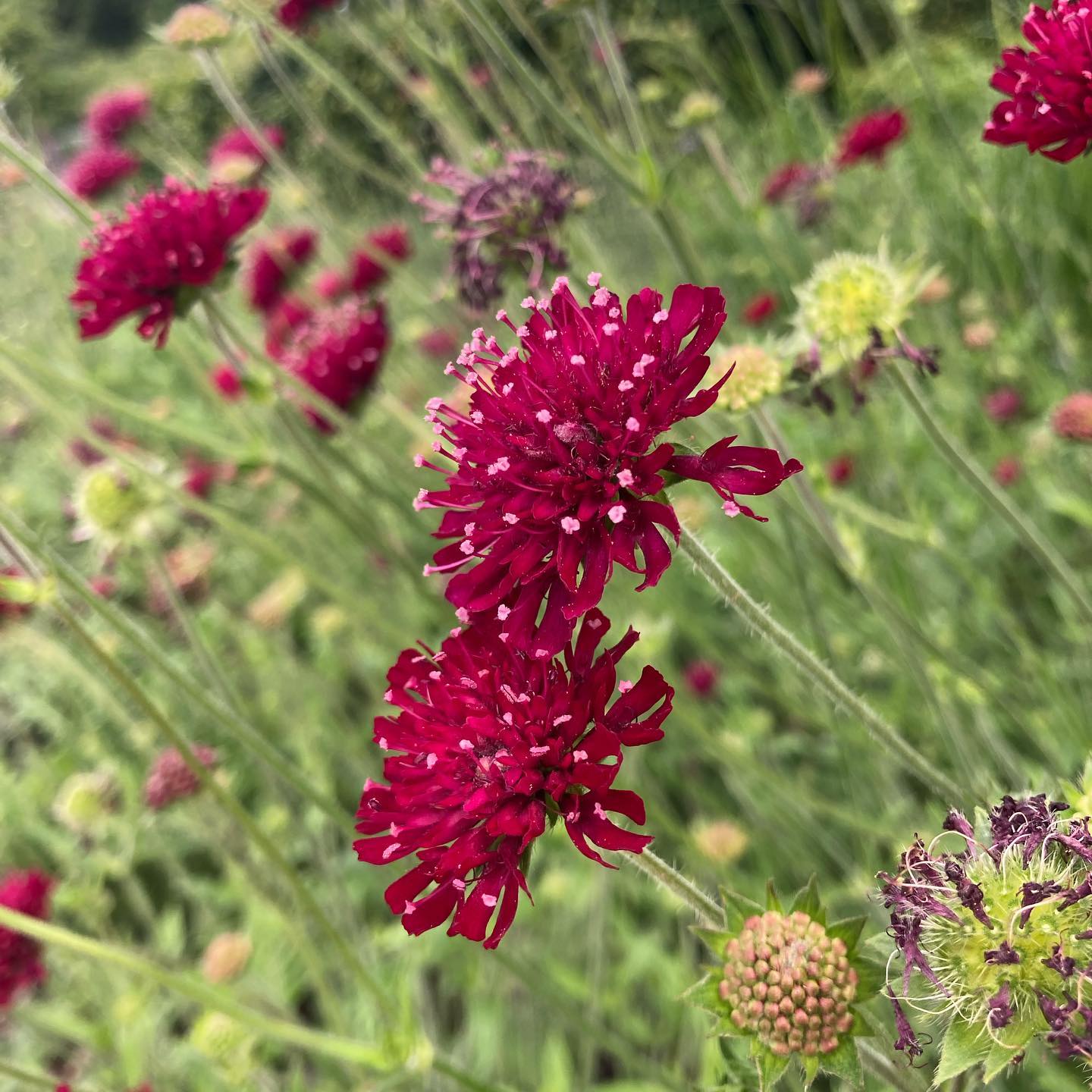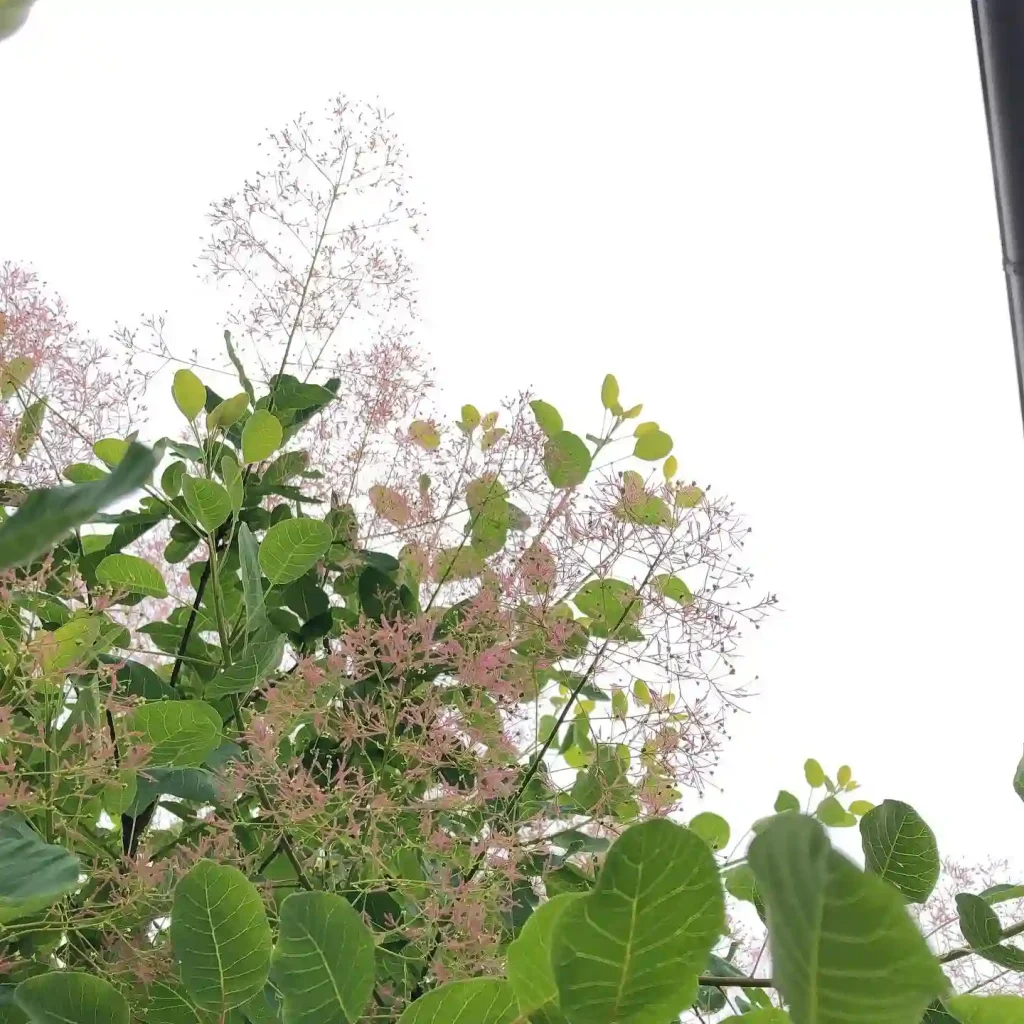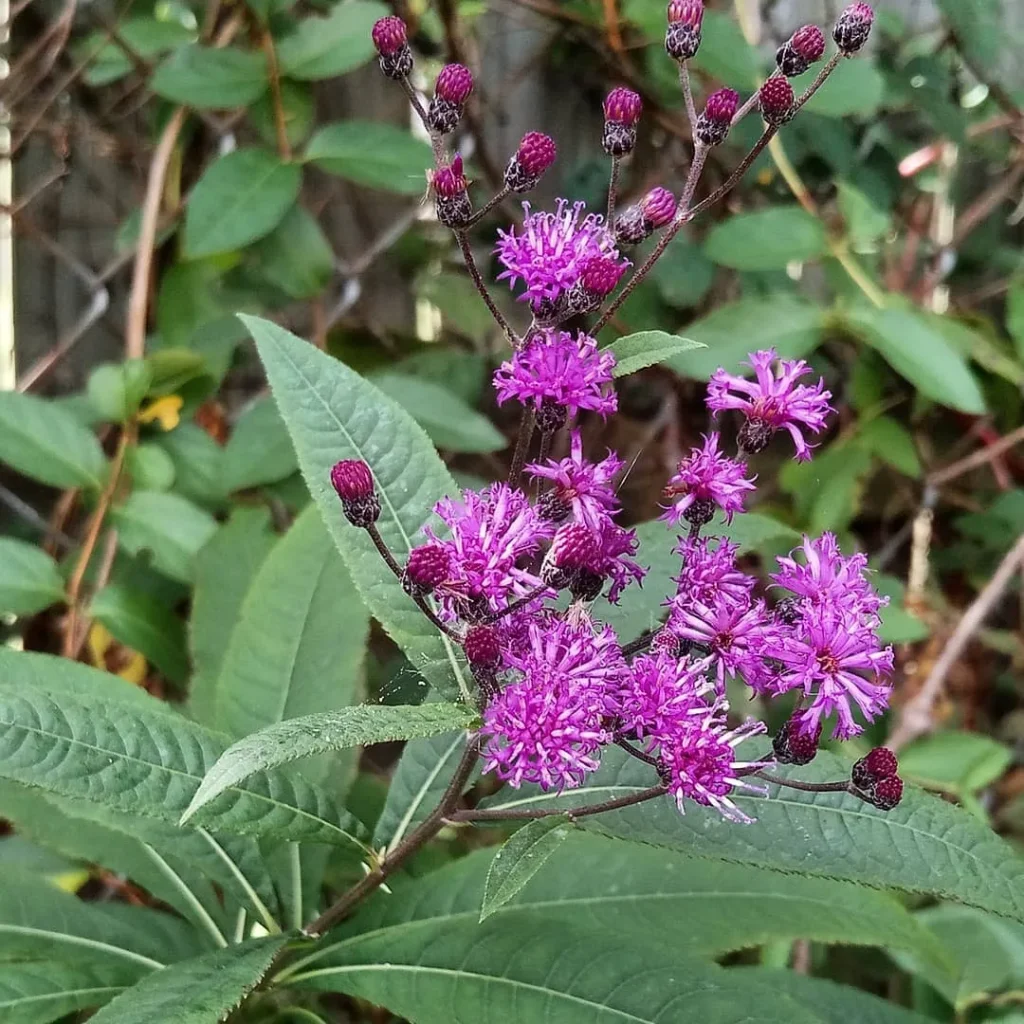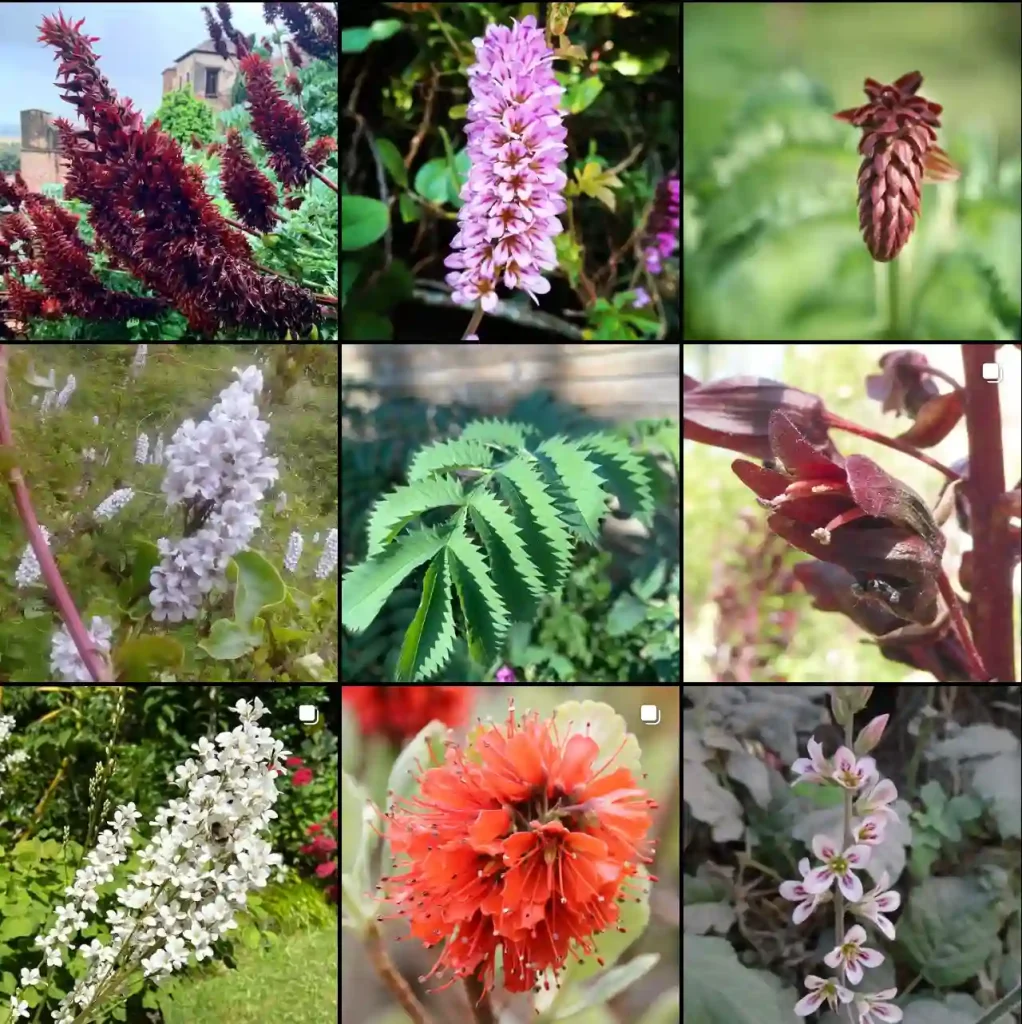Tsuga Mertensiana: Your Guide to Understanding and Caring for the Mountain Hemlock
If you’ve recently discovered Tsuga Mertensiana, also known as the Mountain Hemlock, you’re in for a treat. This evergreen conifer is a stunning addition to any garden, especially if you’re looking for something that thrives in cooler climates. I’ve gathered some frequently asked questions and my personal insights to help you better understand and care for this unique tree.
11 Species in Genus Tsuga
What is Tsuga Mertensiana?
Tsuga Mertensiana, commonly referred to as the Mountain Hemlock, is a coniferous tree native to the mountainous regions of western North America. It’s known for its elegant, drooping branches and soft, needle-like leaves that are a deep green color. This tree typically grows between 40 and 60 feet tall, though it can reach up to 80 feet in optimal conditions. Its small, cylindrical cones add to its charm, making it a desirable choice for ornamental landscaping.
How to Care for Tsuga Mertensiana?
Caring for Tsuga Mertensiana requires a bit of attention to its specific needs:
- Light Requirements: Mountain Hemlocks prefer partial shade to full shade. They’re naturally found in dense forests, so direct sunlight for extended periods can cause stress. A spot with filtered light or morning sun is ideal.
- Soil Conditions: This tree thrives in well-drained, acidic soils. It doesn’t do well in heavy clay or soils that retain excessive moisture. I’ve found that adding organic matter like pine bark or compost can help improve soil conditions and drainage.
- Watering: Regular watering is crucial, especially during dry periods. However, it’s important to avoid overwatering. The soil should be kept consistently moist but not soggy. I typically water my Mountain Hemlock once a week during the growing season.
- Temperature and Climate: Tsuga Mertensiana is quite hardy and can withstand cold temperatures. It’s suitable for USDA Hardiness Zones 4 to 7. In warmer climates, it may struggle, so providing some shade and maintaining soil moisture is essential.
How to Propagate Tsuga Mertensiana?
Propagating Tsuga Mertensiana can be a bit tricky but is definitely doable:
- From Seeds: Collect seeds from mature cones in the fall. Soak them in water for 24 hours and then stratify them in a cold environment (around 40°F) for 30 days. Plant the seeds in a well-draining seed-starting mix and keep them moist. Germination can take several weeks.
- From Cuttings: Take semi-hardwood cuttings in late summer. Use a rooting hormone and plant the cuttings in a mixture of perlite and peat moss. Keep the cuttings in a humid environment with indirect light until they root.
What to Plant with Tsuga Mertensiana?
Tsuga Mertensiana pairs beautifully with other shade-loving plants. Some great companions include:
- Hostas: Their large, lush foliage contrasts nicely with the delicate needles of the Mountain Hemlock.
- Ferns: Japanese painted ferns or maidenhair ferns can add a soft, feathery texture.
- Rhododendrons: Their vibrant blooms provide a striking color contrast.
Is Tsuga Mertensiana Toxic?
No, Tsuga Mertensiana is not known to be toxic to humans or animals. However, it’s always a good practice to ensure that pets and children do not ingest any parts of the plant.
Benefits of Growing Tsuga Mertensiana
There are several benefits to growing Mountain Hemlock:
- Aesthetic Appeal: Its graceful, cascading branches and soft needles add beauty to any garden.
- Wildlife Habitat: It provides shelter and food for various wildlife species, including birds and insects.
- Shade: It’s an excellent choice for creating a shaded area in your garden, which can be beneficial for other plants.
Common Problems with Tsuga Mertensiana
While Tsuga Mertensiana is relatively low-maintenance, it’s not immune to issues:
- Pests: Watch out for aphids and spider mites. Regular inspections and appropriate treatments can help manage these pests.
- Diseases: It can be susceptible to root rot if planted in poorly drained soil. Ensuring proper drainage and avoiding overwatering can help prevent this issue.
Comparing Tsuga Mertensiana with Other Hemlocks
You might come across other types of hemlocks, such as Tsuga Canadensis (Eastern Hemlock). Here’s a quick comparison:
- Tsuga Canadensis: This species is more tolerant of varying soil conditions and has a slightly different needle arrangement. It also grows slower compared to Tsuga Mertensiana.
- Tsuga Heterophylla (Western Hemlock): While also native to North America, it prefers slightly different soil and light conditions compared to Tsuga Mertensiana. It’s generally faster-growing and can reach larger sizes.
In summary, Tsuga Mertensiana is a stunning tree that adds elegance and character to shaded garden areas. With proper care and the right conditions, it can be a rewarding addition to your landscape. Whether you’re interested in its aesthetic appeal or its role in providing habitat for wildlife, this Mountain Hemlock is a fantastic choice for gardeners looking to add a touch of the wild to their gardens.
If i die, water my plants!



